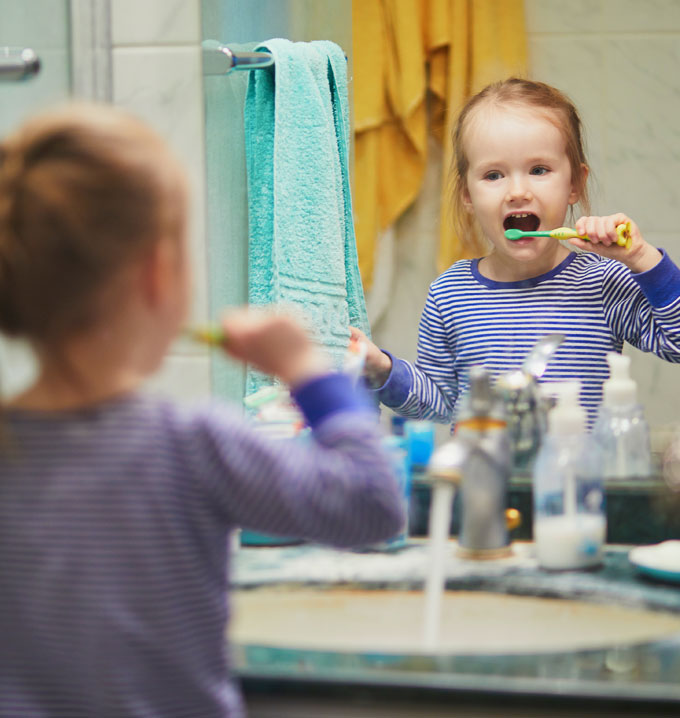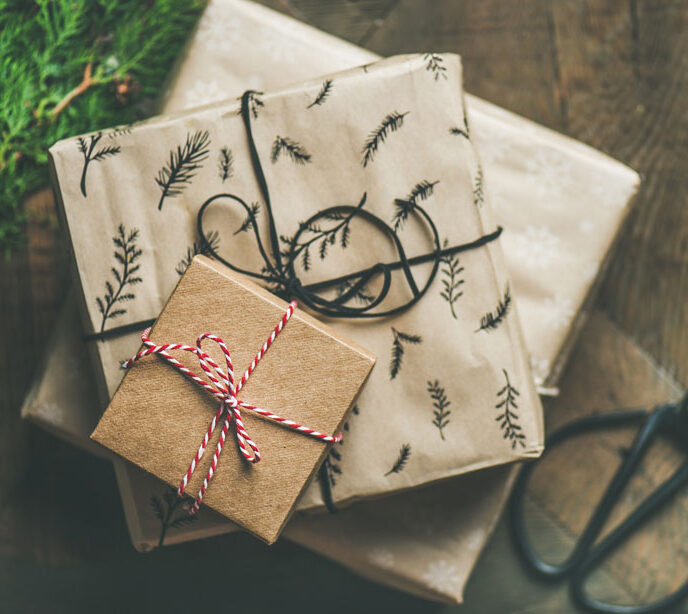Autism Tips for Parents: Personal Hygiene
Teaching self-care skills to autistic children presents a number of challenges, as things like bathing and skin care might feel overstimulating or simply not preferred to those on the spectrum. By breaking grooming down into small, manageable steps, and teaching skills early, you can equip your child with the tools they need.

Autism Tips for Parents: Teaching Personal Hygiene & Self-Care Skills
Teaching self-care skills to children with autism spectrum disorder (ASD) presents a unique set of challenges, as things that feel good to allistic people, such as bathing and skincare, might feel overstimulating to autistic folks. As your child reaches adolescence, the importance of personal hygiene and appearance becomes even more significant. By breaking grooming down into small, manageable steps, and starting early, you can equip your child with the tools they need to move through life.
Why autistic children undress
It’s not uncommon for children to remove their clothing, both at home and in public, but parents of autistic children tend to have a more challenging time resolving this issue. This isn’t simply a style preference or the dislike of a certain color or garment, though it might be; people with autism are more likely to have an actual clothing sensitivity. If your child is complaining about an irritating seam, uncomfortable fit, or itchy fabric — or if they’re having tantrums or meltdowns when wearing certain clothes — it’s likely caused by a sensory sensitivity.
This might be frustrating for parents, but it’s important to remember that your child is not being overly dramatic. Their brain is reviewing an overload of signals about the item they are wearing, making it difficult to focus on anything else. In some cases, it can be downright painful.
Once you understand the reason for clothing removal, you can implement some practical strategies for solving the issue and providing your autistic child with the skills they need.
How to resolve it
Your child is already dealing with extreme discomfort, so it’s important to be patient and understanding. Rather than forcing a particular item of clothing, offer them one or two choices — each with a different fabric or fit. This allows them to be in control of the situation, which already makes them more willing to deal with discomfort as they have chosen the item themselves.
What you can do is provide sensory-friendly clothing. They might dislike jeans because they are too stiff or a certain sweater because it makes them itchy. Instead, get to know their particular sensitivities and provide a selection of clothing in soft, comfortable fabrics, avoiding possible irritations like lace or constrictive garments. Consider seamless socks and underwear, tag-less shirts, buttonless pants, and hypoallergenic fabrics.
Help resolve sensory issues over time with tools like sensory bins or the tailored techniques recommended during Lighthouse Fusion® ABA therapy.
Autism and self-care
With autism, hygiene and self-care can present a number of challenges. Sensory issues can make washing and grooming uncomfortable, which may make bath time very challenging for parents. Address hygiene issues with these simple steps.
Develop a routine
Autistic folks tend to respond well to rituals and routines, which makes this the most effective way to teach cleanliness. Implement a morning and evening grooming routine early and be consistent with it to encourage predictability and familiarity as your child ages. Autistic children also tend to learn best by doing rather than watching or listening, so a visual schedule containing both pictures and written instructions can help make these essential life skills for those on the autism spectrum much easier while encouraging self-care and independence. Of course, as children move into adolescence, a new routine will need to be established, and the process will need to be repeated.
Keep supplies organized and within reach
Create a laminated checklist with each step clearly displayed. Pictures of your child (or even of their favorite character or a sibling) performing each step make the checklist clear and fun. Videos can be great models too! Place the checklist where they can easily see it, like on the bathroom mirror.
Next, place all the tools and products they’ll need for their grooming rituals in an easily accessible box — one for the morning and one for the evening. Again, give your child a variety of fragrances and textures to choose from. Once they’ve found their favorite toothpaste, soap, and other grooming products, go ahead and number each product in the order of use. Remember, aversions may occur to certain fragrances and textures, so opt for unscented, natural products if that is a concern.
A morning routine may look something like this:
- Use the toilet
- Wash hands
- Wash face with soap
- Rinse with water
- Dry with towel
- Apply moisturizer
- Get dressed
- Brush hair
- Eat breakfast
- Brush and floss teeth
Remember, if this feels overwhelming, you can always break the steps down further. Little ones might need a separate ritual for getting dressed and doing their hair.
Use rewards
Let’s be honest — most children don’t enjoy brushing their teeth! Even so, autistic people may not experience the same relief that allistic (non-autistic) people experience when engaging in self-care, which makes it important to provide a strong motivator and reward for the completion of essential tasks. When a child strongly dislikes a particular task, it’s best to break it down into micro-tasks and reward each step. You can offer toys or extra playtime, for instance.
When your child gains more independence or acquires more tolerance, you can slowly begin fading out rewards. It’s important to do this slowly as they make progress to avoid dependence on particular outcomes.
Create social stories
Social stories are brief descriptions of a particular situation, activity, or event that describe what to expect in that situation, why it is that way, and how to respond appropriately. This presents information in a literal way, preparing children and giving them the chance to rehearse so that they are not overwhelmed by new experiences.
With autism, some skills may be harder to pick up than others — self-care is one such instance where your child may struggle without appropriate guidance. Social stories can help explain the importance of personal hygiene, teach appropriate behaviors, and demonstrate how to respond should they feel the need to remove their clothing, for instance. Find a children’s book that displays this accurately, or create your own social situations relating to grooming using simple, straightforward language — you can also add pictures to make it more interesting.
Overcome the challenges with the help of Lighthouse Autistic Center
Discover more helpful autism resources, or work with our team of professionals who provide tailored support to the entire family, offer guidance on navigating insurance, and equip both you and your child with the skills needed for continuous progress.
Together, we can unlock your child’s potential
Related News

11/18/2025
Tips for Picky Eaters and Introducing New Foods
Autistic children are often labeled as picky eaters, but the truth is that they face a unique set of challenges that can make mealtimes extremely stressful. Discover helpful tips on introducing new foods into your child’s diet to make mealtimes more nutritional and enjoyable for everyone at the table. Autism and Food: Tips for Introducing […]

11/14/2025
Exploring the Beauty of Fall Through Sensory Play
As the weather cools off and the leaves start to change colors, fall offers a perfect opportunity for children to explore nature with all their senses. For children with autism, spending time outdoors can be calming, grounding, and full of rich sensory learning experiences. From the crunchy leaves to the smell of pine and feel […]

10/28/2025
Choosing Gifts for an Autistic Child
Choosing a gift for a loved one is rarely simple, and for parents of autistic children, this process can be even more challenging. Choosing gifts for autistic kids requires extra thought about not just the child’s interests, but also understanding their sensory needs and how they communicate what they may want. But, with a bit […]


